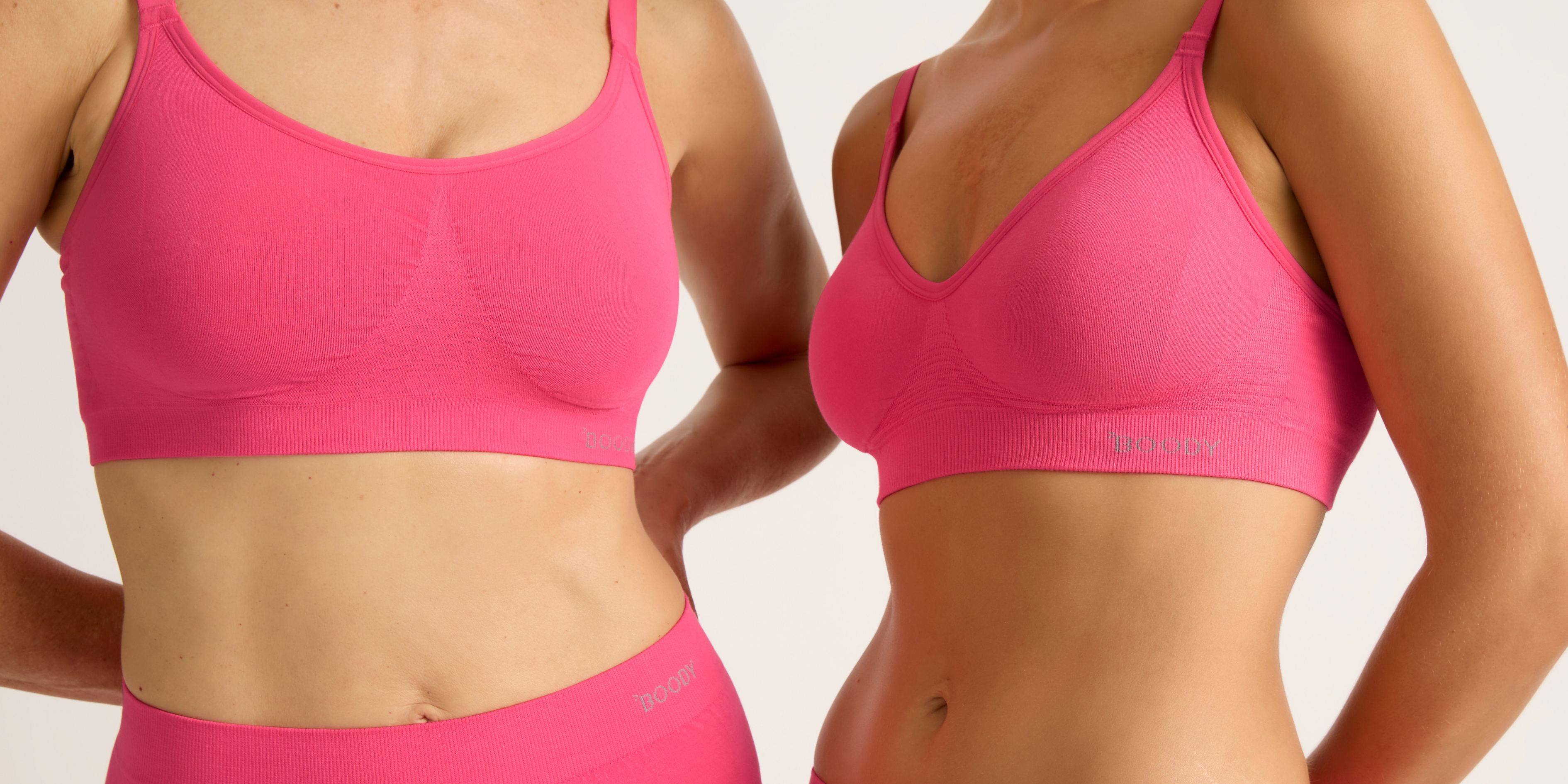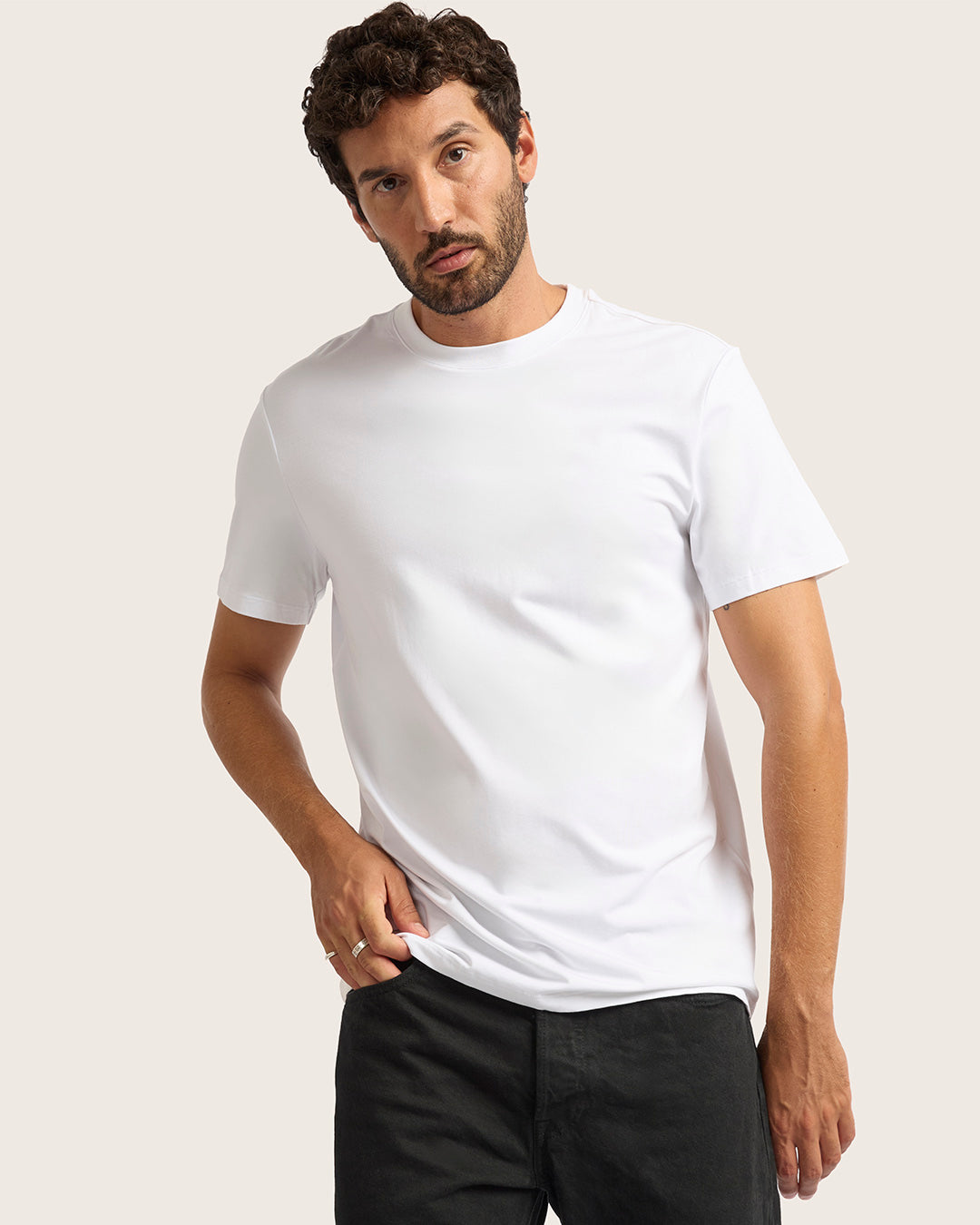No matter how careful you are with your clothing, accidents happen—whether it’s a spaghetti sauce stain on your spaghetti strap or a lipstick smear on your favourite new shirt.
If you’ve recently bought some brand-new viscose clothes, you might be uncertain about the best wash setting for this silky-smooth but somewhat delicate fabric.
Have no fear. We’re here to help you keep your viscose fresh and soft, whether you’ve recently stained it or simply need a wash after everyday wear. Read on for our guide on how to wash viscose.
Viscose washing instructions
Viscose is a blanket name for different cellulose-based fabrics made from pulped woody fibers. There isn’t just one type of viscose. Viscose is a rayon fabric created with semi-synthetic fiber, made from the wood pulp of numerous fast-growing, woody, regenerative trees and plants such as:
- Pine
- Beech
- Eucalyptus
- Sugarcane
- Soy
- Bamboo
You may not be able to tell exactly what species of plant your viscose garment came from (unless the brand is upfront about it). It’s always a good idea to follow any manufacturer's care instructions, but in their absence, you should generally follow the same care procedure for your viscose clothes.
Dry clean delicate viscose clothing like shirts and dresses to preserve their colour, luster, and drape.
However, for viscose casual wear, loungewear, undergarments, and pyjamas, dry cleaning isn’t feasible or cost-effective. In this case, keeping your viscose in good shape at home means giving it a little extra love and consideration in the laundry room.
Follow these steps:
- Hand wash in cool or lukewarm water– Viscose is highly absorbent, which is part of what makes it great for activewear and underwear. At the same time, that can make it more sensitive to rough washing machine settings. To maintain the fabric’s texture and strength, wash your viscose in cool or warm water. This will also help prevent dye bleeds.
- Wash with similar colours – As you likely know, this is a good rule for all your laundry. Since viscose is a highly absorbent fabric, you’ll want to be extra sure to keep your wet viscose garments away from any darker fabrics that might transfer colour onto them.
- Choose biodegradable detergent – A biodegradable, gentle detergent will leave your viscose item clean without harming the environment. Synthetic surfactants contained in conventional laundry detergent are the top pollutant in wastewater—and can also be harsh on your clothing.
- Rinse and shake dry – Once your viscose garment is clean, you can gently rinse it and then shake the excess water from it. Do not squeeze or hand-wring the item, as this can stretch and break the threads. And if you’re wondering does viscose wrinkle, yes, yes it does.

A word on bleaching viscose
If you happen to own a white viscose garment, you may be interested in learning how to keep it looking it's snowy best.
Luckily, it is possible to bleach viscose. However, there is a big caveat here. You should only use oxygen bleach on viscose. Never use chlorine bleach, which can burn and break the viscose fibers.
Drying viscose
In general, it’s best to avoid putting your viscose clothing in the dryer.
The tumbling action of a machine dryer can be too rough for viscose. High temperatures and the possibility of snagging on other items make this a tricky choice. We recommend laying your viscose flat to dry or hanging it on a drying rack.
If you’d prefer to use a dryer, heed these tips:
- Use the lowest temperature setting
- Take advantage of any “delicate” options on your dial
- Protect your viscose in a mesh bag to avoid any snagging or rubbing
Viscose FAQs
Still, have some questions about washing your viscose? Let us answer:
-
Is viscose machine washable? The short answer is yes, you can machine wash viscose. While we recommend hand-washing when possible, there will always be days when you need your viscose basics ASAP, and machine washing is your only option. Follow the tips for hand-washing: use an appropriate mild detergent, avoid fabric softener, and use cool or lukewarm water. As with drying, it’s a great idea to use a mesh bag.
-
Does viscose shrink in hot water? Yes, washing viscose in hot water can cause it to shrink. When blended with polyester and other stretchy fabrics, it’s likely your viscose will return to its original shape. Nonetheless, it’s a good idea to avoid stressing the viscose fibers in the first place.
- Can I wash my viscose with other clothing? As we’ve noted—yes! However, you might want to avoid placing delicate viscose items alongside garments with buttons, zippers, and other items that might cause abrasion or damage.

Achieve long-lasting comfort with Boody Eco Wear
Laundry is, by definition, a chore—but learning the proper steps is definitely worthwhile. If you treat your viscose with consideration, it can last you many beautiful, silky years.
All you need is a biodegradable detergent, cold or lukewarm water, and perhaps the help of a mesh bag on days when there’s just no time for hand washing or air drying.
At Boody, we specialize in top-quality bamboo viscose sustainable clothing that feels good on your body and does good for the planet. From underwear and sleepwear to women’s bamboo shirts and loungewear, keep that good feeling going by taking proper care of your viscose items.
Sources:
Fabrics Galore London. A Guide to the Different Types of Viscose Fabric. https://www.fabricsgalore.co.uk/blogs/news/a-guide-to-the-different-types-of-viscose-fabric
MasterClass. Fabric Guide: What is Viscose? https://www.masterclass.com/articles/fabric-guide-what-is-viscose-understanding-viscose-fabric-and-how-viscose-is-made
Author: Heather Bien
You may also like

Black Friday is almost here - stores are getting ready, deals are dropping, and our inboxes are filling up fast. But at Boody we believe November shouldn’t just be about rushing to buy more. It’s a...

When a loved one is diagnosed with breast cancer, it can be hard to know what to do or say. You want to help, but the journey is so personal that it’s natural to feel unsure. The truth is support d...

October is Breast Cancer Awareness Month When you think about breast cancer recovery, what comes to mind first? For many, it’s the treatments, the check-ups, or the support of loved ones. But...







Leave a comment
All comments are moderated before being published.
This site is protected by hCaptcha and the hCaptcha Privacy Policy and Terms of Service apply.